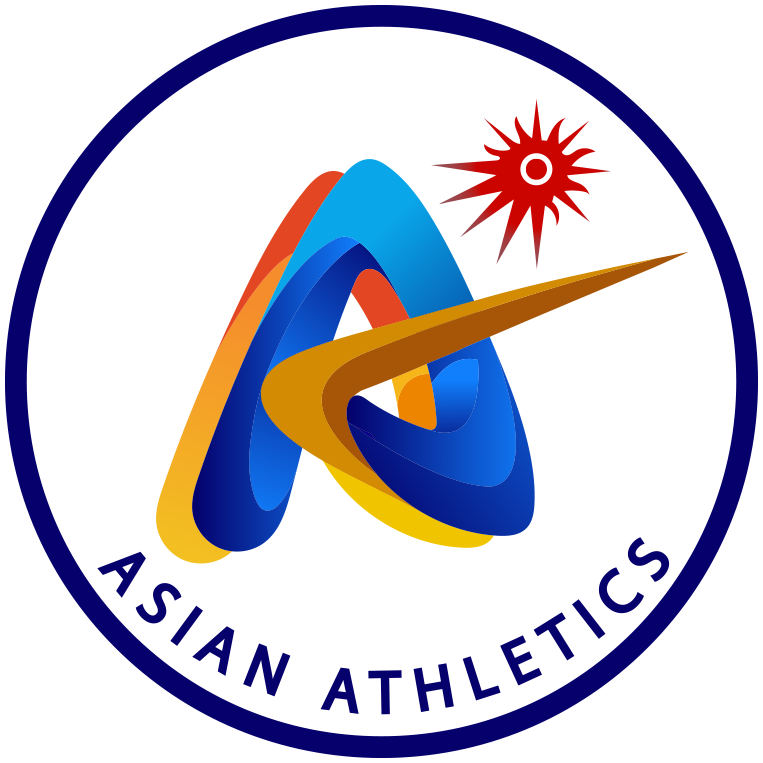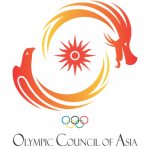Iron is a vital part of the hemoglobin molecule in red blood cells, which helps carry oxygen to tissues in our body. It’s also important for making DNA, proteins, and generating energy in our cells. When the body doesn’t have enough iron to meet its needs, it’s called iron deficiency (ID). This can eventually lead to a condition called iron deficiency anemia (IDA), where there’s not enough hemoglobin produced in the red blood cells. 1,2
Role of Iron; The ID and IDA are very common worldwide.1,3 A study found that 10.4% of male teenage athletes had anemia, higher than the 4% in the general population.1 The use of oxygen is reduced due to ID and IDA condition, the synthesis of ATP (adenosine triphosphate) would be restricted. ATP is a nucleoside which provides biological energy to support many processes in living cells. Muscles can work for a long time with continuous synthesis of ATP in each muscle cell. You will feel easy fatigue when the ATP synthesis is reduced due to ID and IDA. This could cause a reduced performance level, especially in endurance athletes.3 All athletes should be careful not to fall in ID and IDA.
Causes of ID and IDA; Several things can cause iron deficiency (ID) and iron deficiency anemia (IDA) in athletes. Not getting enough iron from food, having an eating disorder, or following a strict diet can lead to ID. It’s more common in sports that involve a lot of intensity or endurance. Iron is also lost through sweat during exercise. When athletes work out, less blood goes to their stomach, which can cause gut problems that predispose to iron loss. Female athletes are at higher risk because they lose iron during their periods.1 After exercising, inflammation can increase a hormone called hepcidin, which lowers iron absorption. This means less iron is absorbed, leading to ID.3 A recent study found that both low energy and low-carb diets can also increase hepcidin levels in athletes.4
Symptoms and Diagnosis; Iron deficiency anemia (IDA) in athletes shows up as tiredness, trouble concentrating, and not performing well physically. Doctors diagnose IDA with blood tests like a complete blood count and iron level check. These tests often show low levels of hemoglobin (Hb) and small red blood cells.1,2,5 They also look at other iron levels like serum Ferritin (sFer), serum iron, and transferrin saturation. Ferritin stores extra iron in the body and therefore often used as iron body status parameter.5 However, its level can be increased because of inflammation after exercise, so it might cover the IDA condition. Usually, a Ferritin level below 30 µg/L indicates iron deficiency, but some studies use a lower level of 20 µg/L along with low Hb levels for diagnosis.1 Serum iron demonstrates iron level in the blood. Transferrin saturation, which shows how well iron is carried in the blood, is also checked. A serum iron level below 7.1 µg/l and transferrin saturation less than 20% suggest iron deficiency.6,7
Prevention and Treatment; The daily recommended intake of iron is 8 mg for men and 10 mg for women before menopause. However, endurance athletes like runners may need 70% more iron each day because exercise increases their iron needs. Treatment for iron deficiency anemia (IDA) can involve changes to the diet, taking iron pills, or getting iron through injections. A sports nutritionist can help plan a diet with enough iron. Iron in food comes in two types: heme, which is easier for the body to absorb and is in foods like meat and seafood, and non-heme, found in plants but not absorbed as well. For additional supplementation, iron pills like ferrous sulfate, ferrous fumarate, or ferrous gluconate are often used, usually with 40-60 mg of elemental iron per day. Doctors may repeat blood tests after 6-8 weeks of treatment to see if there’s any improvement after therapy. If iron pills don’t work or aren’t tolerated, or if iron levels need to be raised quickly, doctors may suggest iron injections. But usually, iron injections do not offer better benefit than pills.5
A few things deserve to be noted during the treatment. When athletes take iron supplements, they might have stomach problems like feeling sick, constipation, or stomach pain, which could affect their performance. Eating foods with vitamin C, like oranges or tomatoes, can help the body absorb iron better. But they should avoid drinks like coffee, tea, or cocoa because they can stop the body from absorbing iron. Also, calcium and zinc can interfere with iron absorption, although the mechanism is still unknown.2 Athletes should avoid strenuous exercise since they can make iron loss worse.5 Doctors need to keep an eye on athletes taking iron pills to make sure they’re not getting too much iron, which can harm cells in the long run.2
References:
- Nicotra D, Arieli R, Redlich N, Navot-Mintzer D, Constantini NW. Iron deficiency and anemia in male and female adolescent athletes who engage in ball games. J Clin Med. 2023;12(3):970.
- Kardasis W, Naquin ER, Garg R, Arun T, Gopianand JS, Karmakar E, Gnana-Prakasam JP. The IRONy in athletic performance. Nutrients. 2023;15(23):4945.
- Burden RJ, Morton K, Richards T, Whyte GP, Pedlar CR. Is iron treatment beneficial in, iron-deficient but non-anaemic (IDNA) endurance athletes? A systematic review and meta-analysis. British Journal of Sports Medicine. 2014; 49(21): 1389–1397.
- McKay AK, Pyne DB, Burke LM, Peeling P. Iron metabolism: Interactions with energy and carbohydrate availability. Nutrients. 2020; 12: 3692.
- Solberg A, Reikvam H. Iron status and physical performance in athletes. Life. 2023; 13(10):2007.
- Johnson-Wimbley TD, Graham DY. Diagnosis and management of IDA in the 21st century. Therap Adv Gastroenterol. 2011;4(3):177-184.
- Gattermann N, Muckenthaler MU, Kulozik AE, Metzgeroth G, Hastka J. The evaluation of iron deficiency and iron overload. Dtsch Arztebl Int. 2021;118(49):847-856.


